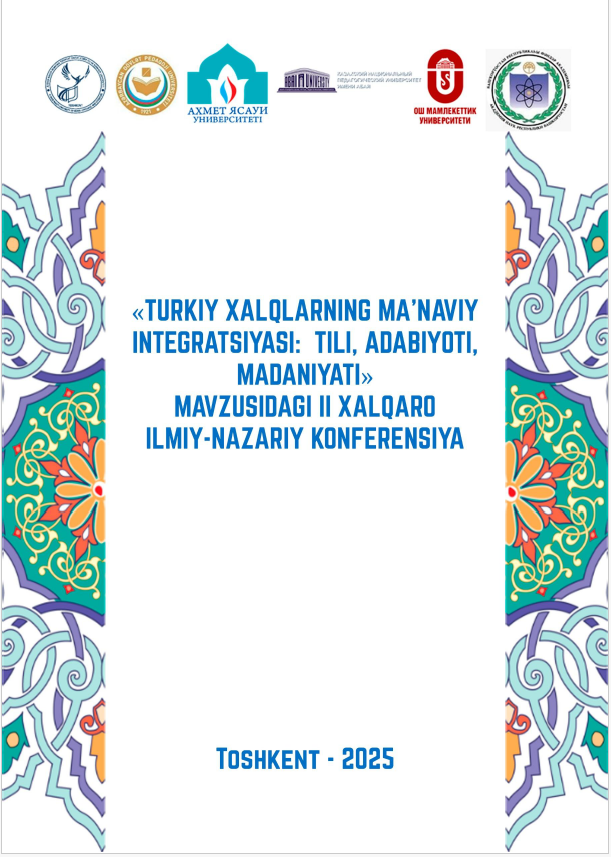COMPARATIVE-LINGUISTIC ANALYSIS OF HYDRONYMIC UNITS IN THE AZERBAIJAN AND UZBEKISTAN LANGUAGES
Keywords:
hydronymic terms in the formation of natural water body names, hydronymic lexicon, Turkic and borrowed hydronymic words, artificial water bodiesRemove hydronymic terms in the formation of natural water body names, hydronymic lexicon, Turkic and borrowed hydronymic words, artificial water bodies, COASTAL RESOURCESAbstract
Hydronymic lexical units form a distinct group in both Azerbaijani and Uzbek Turkic languages, and these term-based expressions often attract attention due to their structural and semantic similarities. With the exception of occasional studies, the systematic and comprehensive comparison of such lexical units involved in the formation of names of water bodies in Azerbaijani and Uzbek onomastics has largely remained unaddressed. However, both related languages possess an ancient and rich hydronymic lexicon, and many of the terms denoting natural water bodies originated in the distant past. While the origin of words referring to natural water bodies (such as sea, river, lake, pond, etc.) dates back to ancient times, terms used for artificial water bodies (such as canal, irrigation ditch, reservoir, etc.) are of comparatively more recent origin. In Azerbaijani and Uzbek onomastics, hydronymic units of terminological character frequently combine with personal, tribal, lineage, or clan names and play an active role in the formation of diverse types of proper names, including hydronyms, toponyms, and oikonyms. This article discusses these aspects in detail.

